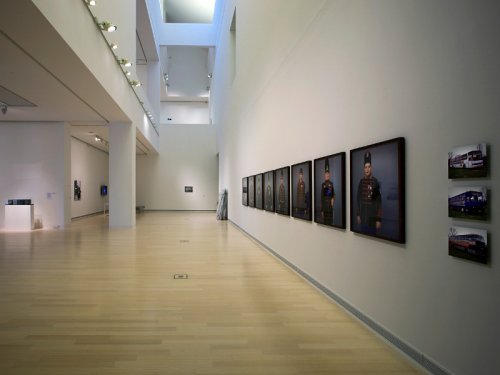Occupied with sculpture in the 60s, Gyula Pauer invented “Pseudo art” in 1970, which was acknowledged as a radical turn by contemporary criticism not only compared to his earlier work, but to the whole of Hungarian sculpture. The first Pseudo show was organized by Pauer at the Attila József Community Centre in the 13th district of Budapest, with the title Pseudo. Gyula Pauer’s private exhibition. The Pseudo show featured the stencilled multiples of the First Pseudo Manifesto dispersed in the Pseudo environment. The First Pseudo Manifesto is an outstanding production of post-1945 Hungarian art, in which a sculptor made a statement, valid even today, about the duality of modern art (and “modern” life) – defined by the duality of False and True. The general message and consequently its always current “underlying” language led to the banning of “Pseudo” and the manifesto in its own era. The First Pseudo Manifesto was issued first in 1972 in German and Polish, then in 1973 in English in foreign publications. It was not published in Hungarian until as late as 1980. (Annamária Szőke)



